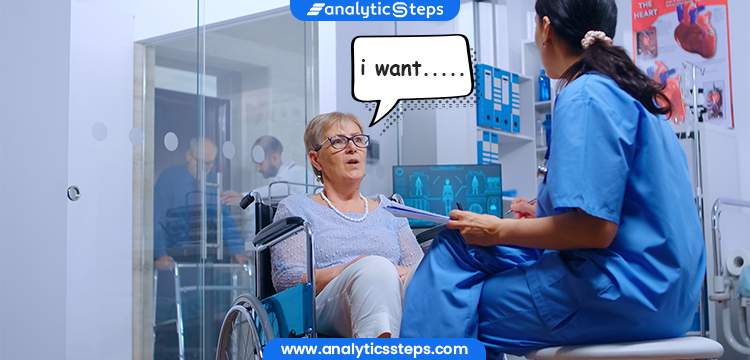Speech neuroprosthesis restored communication abilities of a paralyzed man
Jul 20, 2021 | Vanshika Kaushik

Neuroprosthetics is a branch of biology that is related to neuroscience and biomedical engineering. This field focuses on the development of natural prostheses. The devices developed thus intervenes with the human brain for controlling artificial limbs.
People suffering from paralysis experience difficulty in speaking. Their slurred speeches are difficult to understand. In order to decode speech of paralyzed patients to “paralyzed patients” researchers at University of San Francisco developed “speech neuroprosthetics”.
Newly devised speech solution has accurately decoded the communicated words. It allowed him to communicate in sentences by translating signals from his brain to vocal tract. The said words were communicated via texts on the computer screen. This is the most successful attempt at accurate decoding of words. This method can be used to restore communication by aligning it with the brain's speech machinery.
Muscle controlling signals of the vocal system are translated through this technique. This approach lays emphasis on natural and fluid aspects of speech. Focusing on fluid aspects will provide a better translation approach.
(Must Check: 6 Applications of Augmented Reality in Healthcare)
BRAVO (Brain Computer Interface of Restoration Arm and Voice) trial was conducted on a man who suffered from a brain stroke 15 years ago. Brain Stroke tore down his brain's connection with his vocal cords and limbs. Participant was asked to maintain a 50 word vocabulary list. The vocabulary list was made with the objective to study brain signals.
Team of researchers implanted a high density electrode to the speech motor cortex. Team kept an eye on the patient's neural activity for several months. In total 48 recorded sessions numerous brain activities were recorded. Patient attempted to say 50 vocabulary words that he asked to maintain a list of. While the patient was trying to communicate, electrodes recorded brain signals from the speech cortex.
System decoded 18 words from the patient's brain activity in a minute. With 93% accuracy this system is better than previously developed approaches.
According to ScienceDaily leading researcher Moses said, “ We were thrilled to see the accurate decoding of a variety of meaningful sentences. “We've shown that it is actually possible to facilitate communication in this way and that it has potential for use in conversational settings."
